Talha Ibn Mahmud
MetaFood3D: Large 3D Food Object Dataset with Nutrition Values
Sep 03, 2024Abstract:Food computing is both important and challenging in computer vision (CV). It significantly contributes to the development of CV algorithms due to its frequent presence in datasets across various applications, ranging from classification and instance segmentation to 3D reconstruction. The polymorphic shapes and textures of food, coupled with high variation in forms and vast multimodal information, including language descriptions and nutritional data, make food computing a complex and demanding task for modern CV algorithms. 3D food modeling is a new frontier for addressing food-related problems, due to its inherent capability to deal with random camera views and its straightforward representation for calculating food portion size. However, the primary hurdle in the development of algorithms for food object analysis is the lack of nutrition values in existing 3D datasets. Moreover, in the broader field of 3D research, there is a critical need for domain-specific test datasets. To bridge the gap between general 3D vision and food computing research, we propose MetaFood3D. This dataset consists of 637 meticulously labeled 3D food objects across 108 categories, featuring detailed nutrition information, weight, and food codes linked to a comprehensive nutrition database. The dataset emphasizes intra-class diversity and includes rich modalities such as textured mesh files, RGB-D videos, and segmentation masks. Experimental results demonstrate our dataset's significant potential for improving algorithm performance, highlight the challenging gap between video captures and 3D scanned data, and show the strength of the MetaFood3D dataset in high-quality data generation, simulation, and augmentation.
MetaFood CVPR 2024 Challenge on Physically Informed 3D Food Reconstruction: Methods and Results
Jul 12, 2024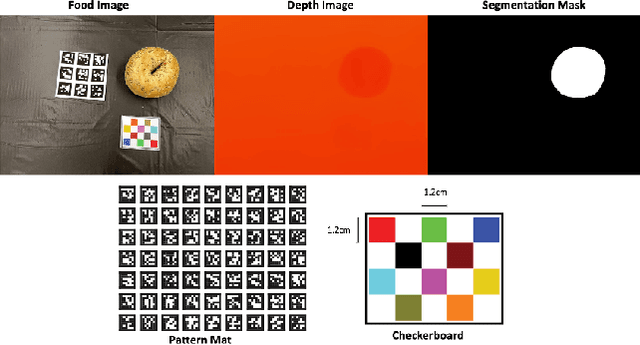
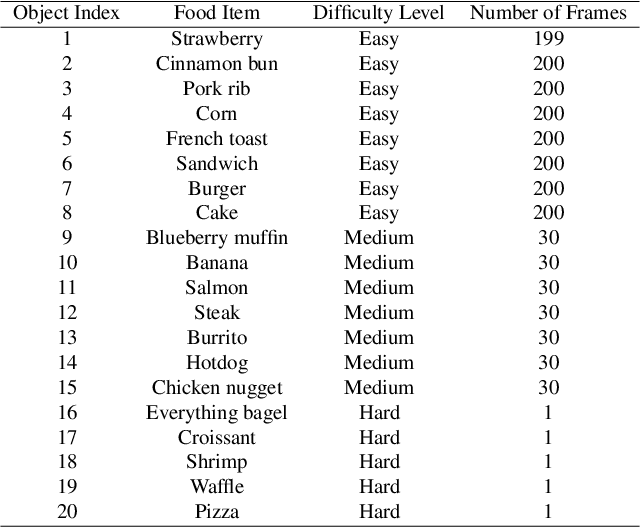
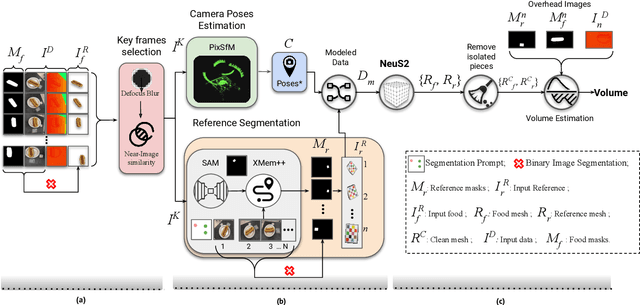
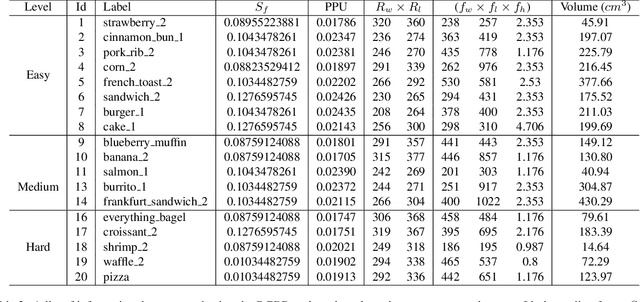
Abstract:The increasing interest in computer vision applications for nutrition and dietary monitoring has led to the development of advanced 3D reconstruction techniques for food items. However, the scarcity of high-quality data and limited collaboration between industry and academia have constrained progress in this field. Building on recent advancements in 3D reconstruction, we host the MetaFood Workshop and its challenge for Physically Informed 3D Food Reconstruction. This challenge focuses on reconstructing volume-accurate 3D models of food items from 2D images, using a visible checkerboard as a size reference. Participants were tasked with reconstructing 3D models for 20 selected food items of varying difficulty levels: easy, medium, and hard. The easy level provides 200 images, the medium level provides 30 images, and the hard level provides only 1 image for reconstruction. In total, 16 teams submitted results in the final testing phase. The solutions developed in this challenge achieved promising results in 3D food reconstruction, with significant potential for improving portion estimation for dietary assessment and nutritional monitoring. More details about this workshop challenge and access to the dataset can be found at https://sites.google.com/view/cvpr-metafood-2024.
A Multi Constrained Transformer-BiLSTM Guided Network for Automated Sleep Stage Classification from Single-Channel EEG
Sep 19, 2023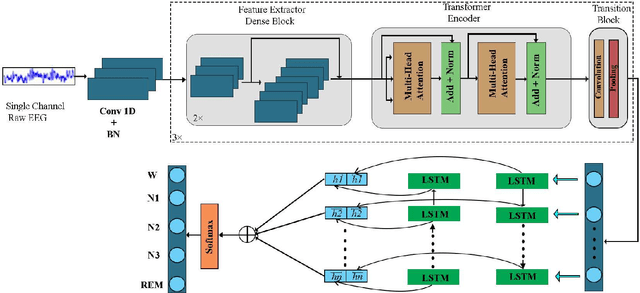
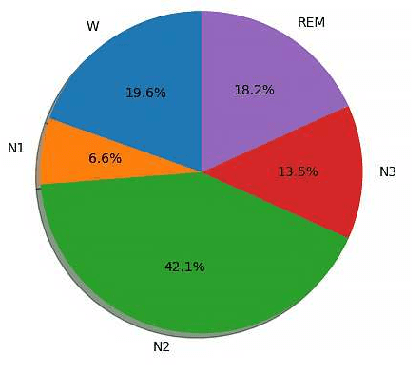
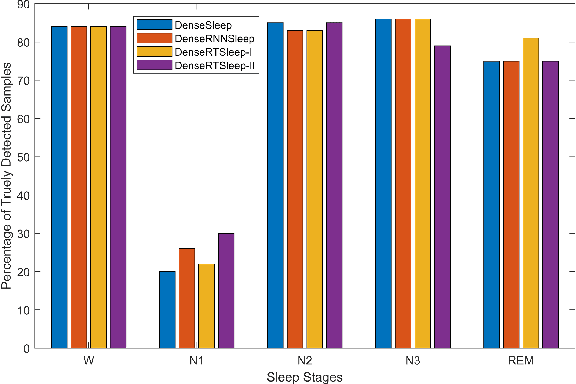
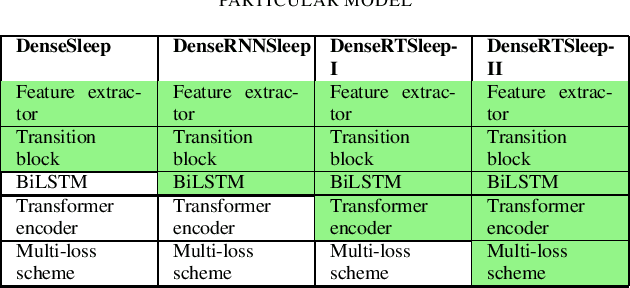
Abstract:Sleep stage classification from electroencephalogram (EEG) is significant for the rapid evaluation of sleeping patterns and quality. A novel deep learning architecture, ``DenseRTSleep-II'', is proposed for automatic sleep scoring from single-channel EEG signals. The architecture utilizes the advantages of Convolutional Neural Network (CNN), transformer network, and Bidirectional Long Short Term Memory (BiLSTM) for effective sleep scoring. Moreover, with the addition of a weighted multi-loss scheme, this model is trained more implicitly for vigorous decision-making tasks. Thus, the model generates the most efficient result in the SleepEDFx dataset and outperforms different state-of-the-art (IIT-Net, DeepSleepNet) techniques by a large margin in terms of accuracy, precision, and F1-score.
Heart Abnormality Detection from Heart Sound Signals using MFCC Feature and Dual Stream Attention Based Network
Nov 17, 2022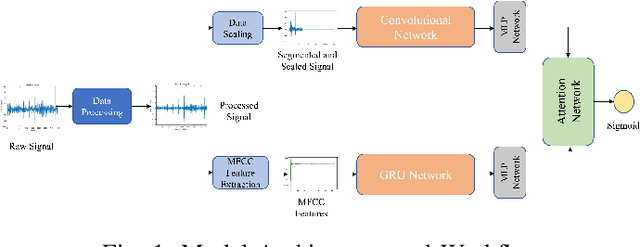
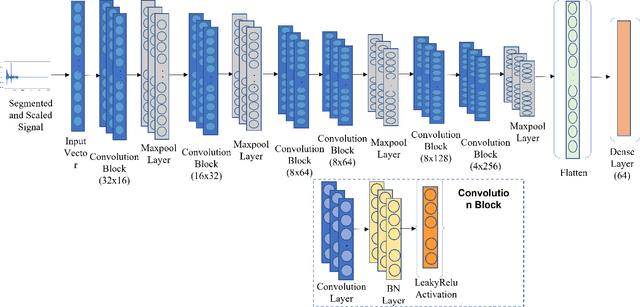
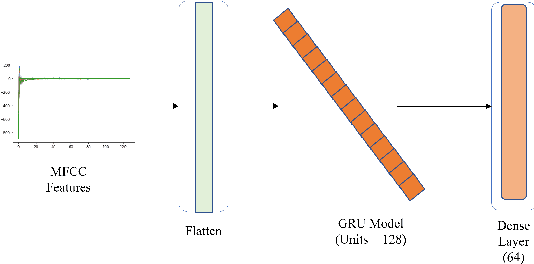
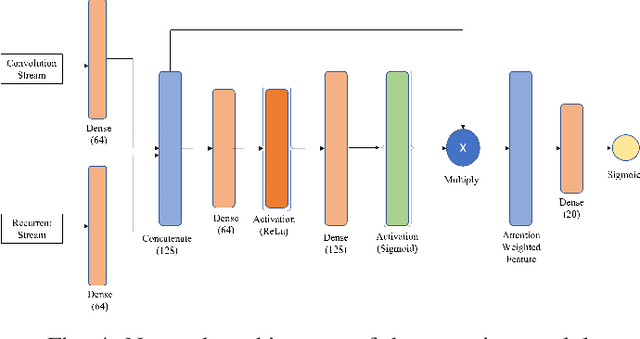
Abstract:Cardiovascular diseases are one of the leading cause of death in today's world and early screening of heart condition plays a crucial role in preventing them. The heart sound signal is one of the primary indicator of heart condition and can be used to detect abnormality in the heart. The acquisition of heart sound signal is non-invasive, cost effective and requires minimum equipment. But currently the detection of heart abnormality from heart sound signal depends largely on the expertise and experience of the physician. As such an automatic detection system for heart abnormality detection from heart sound signal can be a great asset for the people living in underdeveloped areas. In this paper we propose a novel deep learning based dual stream network with attention mechanism that uses both the raw heart sound signal and the MFCC features to detect abnormality in heart condition of a patient. The deep neural network has a convolutional stream that uses the raw heart sound signal and a recurrent stream that uses the MFCC features of the signal. The features from these two streams are merged together using a novel attention network and passed through the classification network. The model is trained on the largest publicly available dataset of PCG signal and achieves an accuracy of 87.11, sensitivity of 82.41, specificty of 91.8 and a MACC of 87.12.
 Add to Chrome
Add to Chrome Add to Firefox
Add to Firefox Add to Edge
Add to Edge